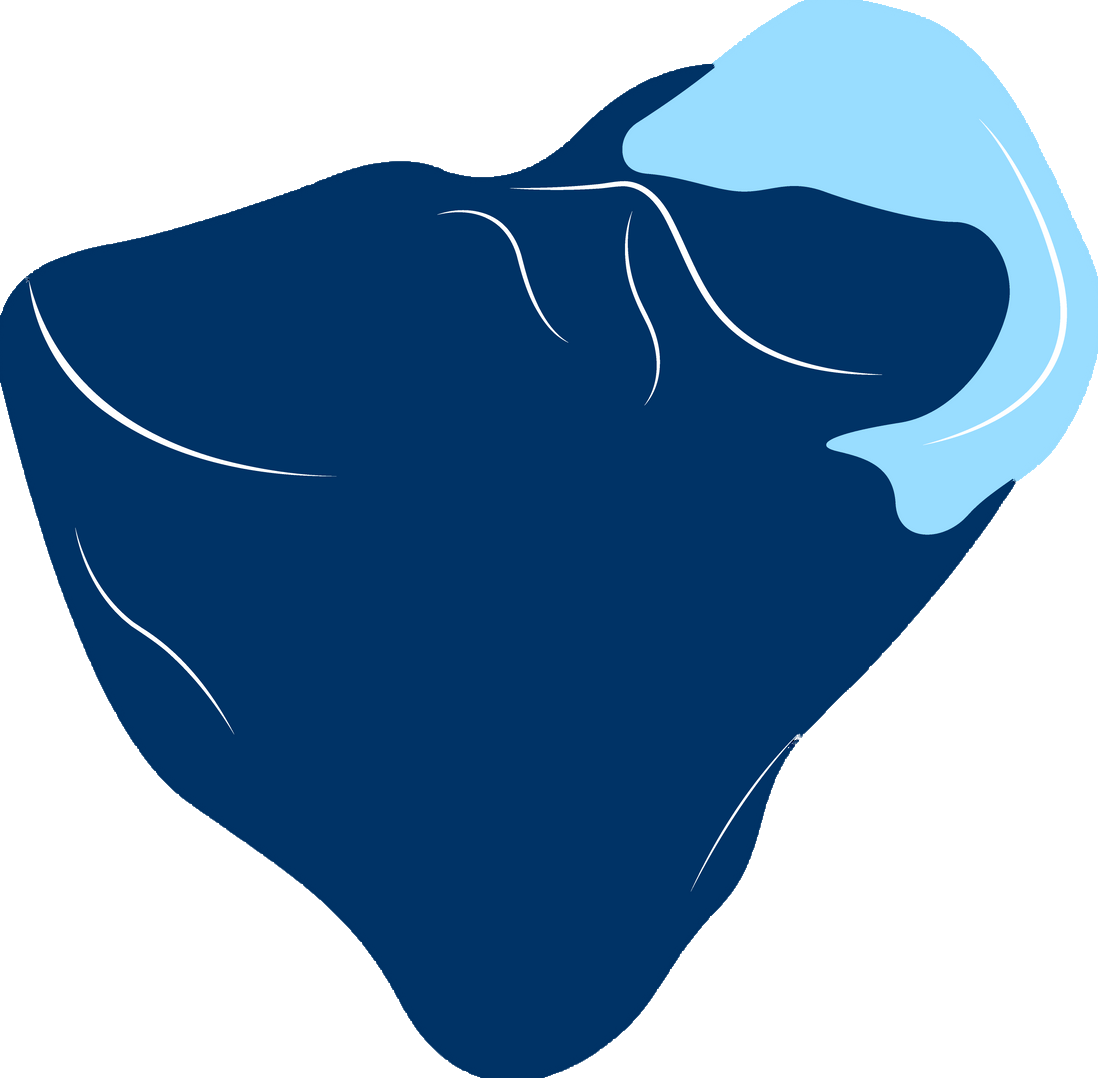onMRIAI-powered Objective MRI Analysis
Transforming subjective MRI interpretation into standardized, quantifiable measurements for superior diagnostic accuracy in musculoskeletal imaging
See onMRI in Action
Research Team
Paul Lee
Lead Researcher
Tanvi Verma
Co-Researcher
MSK Doctors, Sleaford, United Kingdom
Background
Conventional musculoskeletal MRI interpretation relies on subjective visual grading, introducing inter-reader variability that undermines clinical consistency and limits the early detection of joint degeneration or therapeutic response. The onMRI platform addresses this gap by transforming MRI into a standardised, quantitative tool using AI-powered segmentation and biomarker extraction.
Methods
Study Cohort
- 150 musculoskeletal MRI scans analyzed
- Meniscal injury cases included
- Post-operative ACL reconstruction patients
- Regenerative cartilage therapy patients
AI Technology
- Deep learning segmentation algorithms
- 3D anatomical reconstructions
- Objective biomarker measurements
- Uniform anatomical definitions
Results

Femoral Cartilage

Tibial Cartilage

Medial Meniscus
Key Achievements
Quantitative Biomarkers
- • Cartilage thickness measurements
- • Volume calculations
- • Contact area analysis
- • Joint space width assessment
Clinical Impact
- • Superior sensitivity to sub-radiological changes
- • Early regenerative response detection
- • Reproducible cross-patient comparisons
- • Enhanced diagnostic accuracy
Conclusion
onMRI enables the quantification of joint structures in a consistent, reproducible manner, offering a powerful alternative to subjective MRI interpretation. It holds significant promise for improving diagnostic accuracy, monitoring disease progression, and evaluating the efficacy of regenerative and surgical interventions in musculoskeletal care.
Further large-scale validation is underway to integrate these imaging biomarkers with clinical outcomes and motion data.